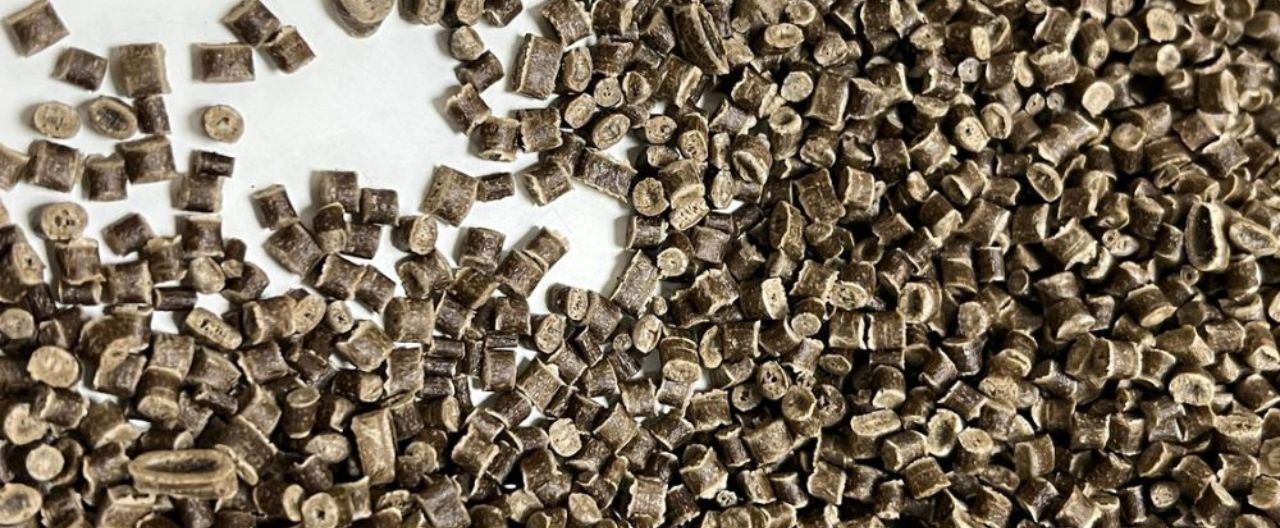Bioplastic Polymers: Sustainable Alternatives to Traditional Plastics

Bioplastic polymers have emerged as sustainable alternatives to traditional plastics, addressing the growing environmental concerns surrounding plastic waste. Derived from renewable sources, such as plant-based materials, bioplastic polymers offer a promising solution to reduce our reliance on fossil fuels. In this blog, we will explore the eco-friendly nature of bioplastic polymers and their diverse applications across various industries. Join us as we delve into the world of bioplastic polymers and uncover their potential to revolutionize the way we think about plastics.
What are Bioplastic Polymers?
Bioplastic polymers, as the name suggests, are polymers derived from renewable resources that offer a sustainable alternative to traditional plastics. These innovative materials are designed to minimize the environmental impact associated with plastic production and disposal. Bioplastic polymers share some similarities with conventional plastics but possess distinct characteristics that set them apart.

Bioplastic polymers can be derived from various renewable sources, such as coffee grounds , plants, vegetable oils, starch, or even algae. These sources are rich in organic compounds that can be chemically processed to create biopolymers. Different types of bioplastic polymers include polylactic acid (PLA), polyhydroxyalkanoates (PHA), starch-based polymers, and many others.
One of the key advantages of bioplastic polymers over traditional plastics is their reduced dependence on fossil fuels. By utilizing renewable resources, bioplastics help conserve non-renewable resources and decrease the carbon footprint associated with plastic production. Furthermore, bioplastics tend to have lower greenhouse gas emissions during their manufacturing process.
Bioplastic polymers also exhibit biodegradability and compostability, depending on their specific composition. Certain bioplastics can break down naturally through microbial activity, reducing their persistence in the environment and the potential for long-term pollution.
Another advantage is their versatility in various applications. Bioplastic polymers can be processed and molded into a wide range of products, including packaging materials, disposable items, textiles, and even automotive components. This flexibility allows for the integration of bioplastics into existing manufacturing processes without significant modifications.
Environmental Benefits of Bioplastic Polymers
Bioplastic polymers offer significant environmental advantages over traditional plastics, contributing to a more sustainable and greener future. Let's explore some of the key environmental benefits associated with bioplastic polymers.

Reduced Carbon Footprint and Greenhouse Gas Emissions: Bioplastic polymers are derived from renewable resources, such as plants, which absorb carbon dioxide from the atmosphere during their growth. As a result, the carbon footprint of bioplastics is lower compared to conventional plastics, which relies on fossil fuels. By reducing the reliance on fossil fuels and reducing the release of greenhouse gases during production, bioplastic polymers help mitigate climate change and reduce overall environmental impact.
Biodegradability and Compostability of Certain Bioplastic Polymers: Certain bioplastic polymers are designed to be biodegradable and compostable. These polymers can naturally break down through biological processes, such as microbial activity, when disposed of in the appropriate composting conditions. Biodegradable bioplastics reduce the accumulation of plastic waste in landfills and minimize the long-term environmental harm caused by persistent plastics.
Conservation of Fossil Fuels and Finite Resources: Bioplastic polymers utilize renewable resources as feedstocks, reducing the reliance on fossil fuels. Fossil fuels, such as oil and natural gas, are finite resources that have significant environmental and social implications. By utilizing renewable feedstocks, bioplastics contribute to the conservation of fossil fuels and help alleviate the environmental and concerns issues associated with their extraction and use.
The environmental benefits of bioplastic polymers make them an attractive choice for industries seeking to reduce their environmental footprint. By embracing bioplastics, we can move towards a more sustainable and circular economy, promoting resource efficiency and environmental stewardship.
Applications of Bioplastic Polymers
Bioplastic polymers have gained significant attention and are finding applications in various industries as sustainable alternatives to traditional plastics. Let's explore some of the key applications of bioplastic polymers.

- Packaging Materials and Food Containers: One of the prominent applications of bioplastic polymers is in packaging materials and food containers. Bioplastics can be molded into various shapes and forms, making them suitable for packaging a wide range of products. They offer similar functionalities to traditional plastics, ensuring protection, preservation, and convenience. Bioplastic packaging materials can be found in food packaging, cosmetics, personal care products, and more.
- Single-Use Products and Disposable Items: Bioplastic polymers are also utilized in the production of single-use and disposable items. Items like cutlery, straws, cups, and plates can be made from bioplastics, providing a sustainable alternative to their conventional plastic counterparts. These bioplastic disposable items can offer similar functionality and convenience while being more environmentally friendly.
- Textiles, Automotive Parts, and Other Industrial Uses: Bioplastic polymers have expanded their applications beyond packaging and disposable items. They are increasingly being used in textiles, automotive parts, and various other industrial uses. Bioplastics can be engineered to have desired properties such as strength, flexibility, and durability, making them suitable for applications in these industries. For example, bioplastic-based fabrics are being used in clothing and textiles, while bioplastics are being explored as lightweight and eco-friendly materials for automotive components.
The versatility of bioplastic polymers allows for their integration into numerous industries, promoting sustainability and reducing the environmental impact of traditional plastics. As research and innovation in bioplastics continue to advance, we can expect even wider applications and increased adoption of these eco-friendly materials.
AirX is a bioplastics manufacturer that has taken sustainability one step further by using by-products of agriculture as the primary resource for its bioplastic polymers. By using coffee grounds, sugar bagasse, and coconut husks, AirX is diverting waste from landfills and transforming it into a valuable resource. This innovative approach has the added benefit of decreasing competition for land and resources, as these by-products are not typically used for food or feed production.
Contact us
AirX is the world's first carbon-negative bio-material made from coffee grounds.
We specialize in producing bio-based composites using recycled carbohydrates derived from by-products such as coffee grounds, coconut husk, husk, and bamboo. Our goal is to promote sustainability through the use of eco-friendly materials.
We are always here to help and provide the best service possible. If you have any questions or would like to receive advice and feedback directly from our sales staff, please do not hesitate to contact us. You can reach us through:
- Whatsapp: +84 969 742 950
- Email: [email protected]
We look forward to hearing from you!

